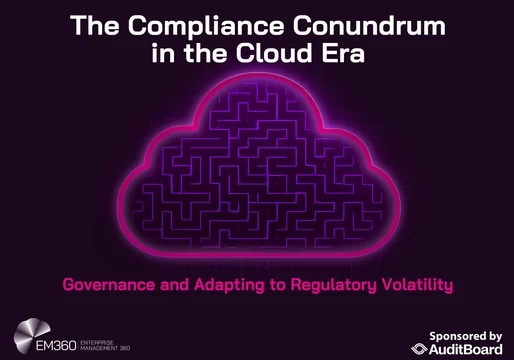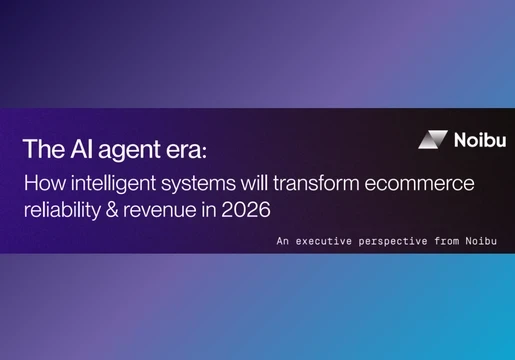83% of European and UK CIOs plan to repatriate at least some workloads in 2024, up from 43% in 2020.
Up to 32% of cloud spending is wasted or inefficient, driving the shift back to on-premises or European data centres.
Repatriation enables compliance with stringent EU data sovereignty laws, including GDPR and the EU Data Governance Act.
On-premises and hybrid models offer predictable costs, enhanced security, and greater control over sensitive data.
Sustainability and carbon footprint reduction are emerging drivers for localised data storage and processing.
The cloud computing landscape in Europe and the UK is undergoing a profound transformation. While cloud adoption was once heralded as the inevitable future of IT infrastructure, a growing number of enterprises are now reconsidering this approach. The trend of data repatriation—moving workloads back from hyper-scale public clouds to on- premises or third-party European data centres—is gaining momentum. This shift is not a rejection of cloud technology but a strategic realignment driven by evolving priorities around data sovereignty, cost efficiency, control, and sustainability. For decision-makers such as CTOs, CIOs, IT directors, and financial controllers, understanding the advantages of repatriation is critical to optimising long-term IT strategy and compliance.

The Rising Tide of Data Repatriation
The movement toward cloud repatriation is underscored by compelling statistics. According to a 2024 Barclays CIO survey, 83% of enterprise CIOs plan to repatriate at least some workloads, a dramatic increase from 43% in late 2020 1. IDC’s June 2024 report further reveals that about 80% of respondents expect some level of repatriation of compute and storage resources within the next 12 months 1. This trend reflects a maturing cloud strategy where organisations seek to balance the benefits of cloud scalability with the need for greater control and cost predictability.
The phenomenon of “cloud waste” is a significant driver. Flexera’s 2024 State of the Cloud Report estimates that up to 32% of cloud spending is unused or inefficient, creating a structural cost trap that repatriation or hybrid models can mitigate 2. Companies are increasingly recognising that while cloud services offer flexibility, they often come with unpredictable pricing, egress fees, and hidden costs that erode long-term savings. Repatriation allows organisations to reclaim autonomy over their IT environments and optimise spending.
Cost Efficiency: Predictability and Long-Term Savings
While cloud services offer scalability, their cost structures often include unpredictable pricing, egress fees, and premium support charges that can double expenses compared to on-premises infrastructure 1. Repatriation allows companies to achieve a predictable Total Cost of Ownership (TCO) by leveraging modern financing options such as Operational Expenditure (OpEx) models for on-premises infrastructure.
Some vendors offer on-premises cloud experiences with flexible consumption models, enabling businesses to avoid large capital expenditures while maintaining control over their IT environments. Extended support contracts further reduce costs by eliminating the traditional 3–5 year hardware refresh cycle, minimising downtime and disruption.
Real-world examples demonstrate significant savings. Dropbox saved $74.6 million within two years by moving 90% of its customer data to a custom-built hybrid cloud infrastructure.
37 Signals estimates savings of over $10 million over five years by repatriating its workloads These case studies highlight the potential for 20–40% cost savings over 5+ years by repatriating select workloads.
Enhanced Control and Security
On-premises or dedicated third-party European data centres provide granular visibility into data flows, access controls, and physical security, which is often obscured in multi-tenant cloud environments. Repatriation allows for customised security postures, air-gapped backups, and zero-trust architectures tailored to the organisation’s exact needs.
This level of control is particularly important for industries handling highly sensitive data, such as finance and healthcare, where compliance with GDPR and other regulations is non-negotiable. By repatriating data, companies can reduce risks associated with supply chain attacks, misconfigured cloud storage, and vendor lock-in, thereby enhancing their overall security posture.
Operational and Strategic Flexibility
Cloud providers frequently change pricing, deprecate services, or impose usage limits, which can disrupt business continuity. Repatriation offers companies the freedom to innovate without vendor constraints, whether that means running legacy applications indefinitely, customising hardware for performance-critical workloads (e.g., AI/ML, high-frequency trading), or avoiding forced migrations when providers sunset services. Hybrid models, which combine on-premises infrastructure with cloud burst capacity, provide the best of both worlds: control and agility. This approach allows companies to tailor their IT environments to specific performance and security requirements, driving efficiency and innovation.
Sustainability and Environmental Impact
Localised data centres, especially those powered by renewable energy, can reduce the carbon footprint of data transit and align with ESG goals. Some European colocation providers offer carbon-neutral hosting, which may be harder to guarantee with global cloud providers. As sustainability initiatives gain traction, repatriation becomes an attractive option for companies seeking to reduce their environmental impact.
Practical Roadmap for Repatriation
Assess Workloads: Identify which applications are best suited for repatriation, focusing on latency-sensitive, data-intensive, or compliance-critical workloads.
Evaluate Financing: Explore OpEx-based on-premises models or partnerships with European colo providers that offer pay-as-you-grow pricing.
Plan Migration: Work with vendors or integrators specialising in cloud exit strategies to minimise downtime and data loss.
Leverage Automation: Use tools for infrastructure-as-code (IaC) and containerisation to maintain cloud-like agility in on-premises environments.
Test and Iterate: Start with a pilot (e.g., repatriating a single department’s data) before full-scale migration.
Conclusion
The trend of data repatriation among European and UK companies is a strategic response to the evolving IT landscape, where data sovereignty, cost efficiency, control, and sustainability have become paramount. While cloud adoption remains valuable, repatriation offers a compelling alternative that aligns with regulatory requirements, reduces long-term costs, enhances security, and provides greater operational flexibility.
For decision-makers evaluating their cloud strategy, repatriation is not about rejecting the cloud but about reclaiming autonomy and optimising IT infrastructure for the long term. By leveraging modern financing models, extended support contracts, and hybrid architectures, companies can achieve a balanced, future-proof IT environment that supports both innovation and compliance.







Comments ( 0 )